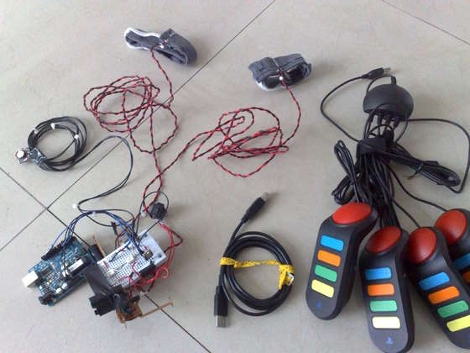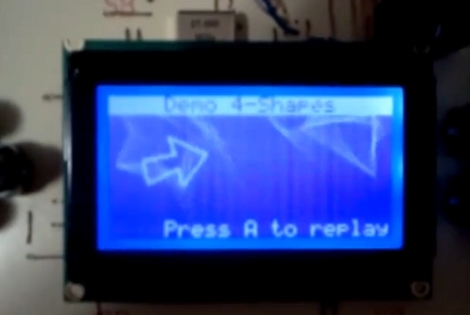
Meet Bilibot, a modular robot that aims to lower the cost of entry for robotic tinkerers. It combines the Kinect, the iRobot Create, and an Ubuntu box running ROS using some laser cut mounting brackets. These are relatively inexpensive components but the most exciting thing is that there’s already a slew of example out there that use this hardware. For instance, we looked in on ROS body tracking in January that can be directly plucked and used with this hardware. You’ll recognize the base as the iRobot create which was used in video chat robot from last week. The brains of the operation come in a choice of three Linux boxes – two headless and one laptop – which have ROS pre-installed. Watch the open-source autonomy as it tools around the office in the video after the break.
Continue reading “Inexpensive Robot Platform Combines Mass-produced Parts”
















